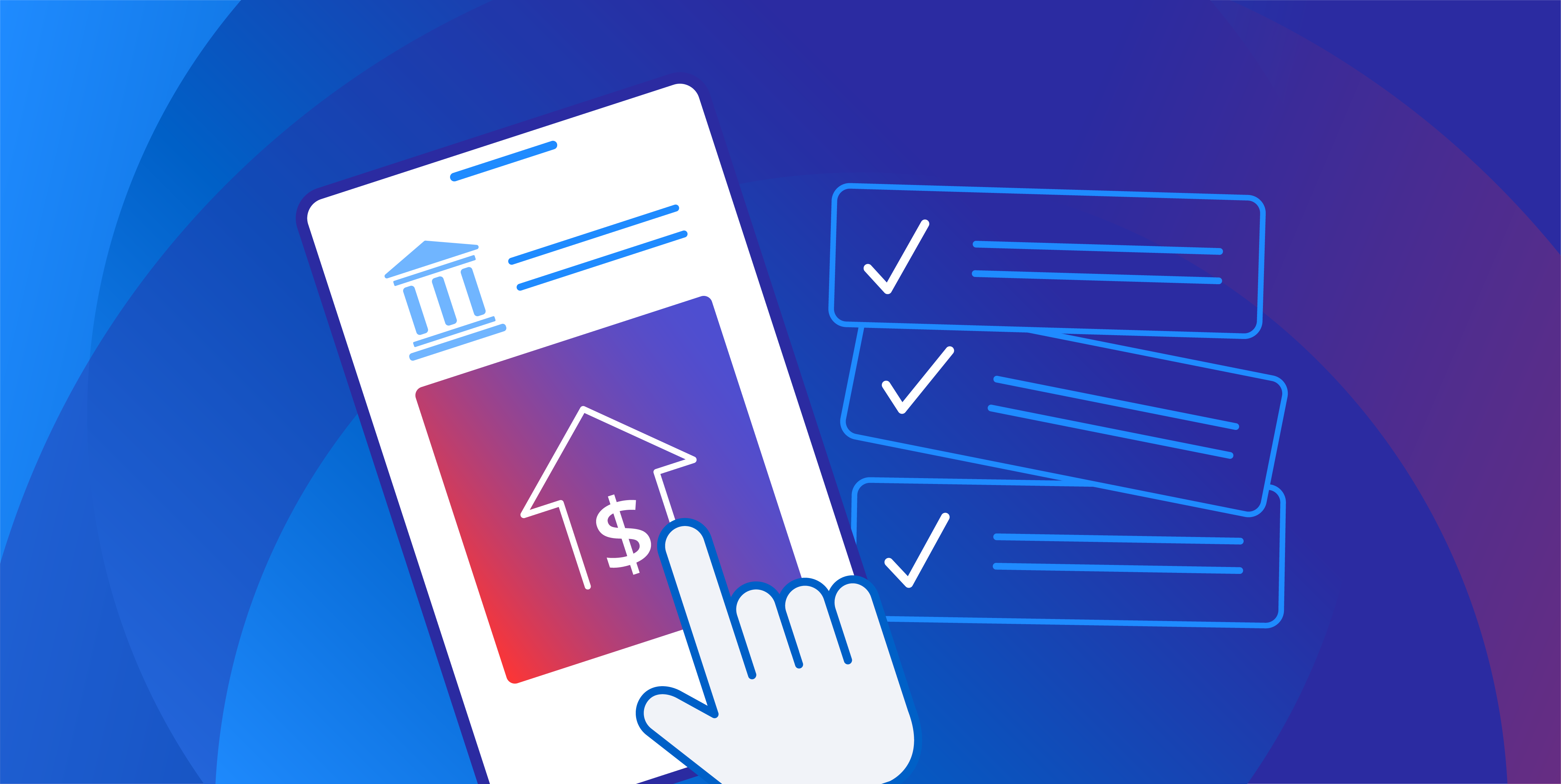To compete in the year ahead, banks need to proactively address the nation’s increasing adoption of real-time payments and its effect on business operations.
While a comprehensive strategy for integrating real-time payments, settlements and core banking systems will likely yield the most substantial impact, an all-or-nothing approach is not mandatory. The real value banks can create for themselves is how they choose to leverage real-time capabilities and productize them to meet the unique needs of their customers.
Here are six key considerations for successfully adapting to today’s changing payments landscape.
1. Adopt a Holistic Approach
Instead of addressing each system in isolation, banks should take a holistic approach, considering the interconnectedness of real-time payments, settlement and core-processing.
2. Invest in Modernization
If their existing infrastructure is not equipped for real-time operations, banks should seriously consider investing in platform modernization to ensure seamless real-time capabilities. Rather than replacing existing systems, banks can work with Software as a Service (SaaS) options, which enable the rapid implementation of new core platforms.
3. Integrate Real-time Bill Pay
Adding real-time bill pay to a bank’s digital product suite will be pivotal to creating customer stickiness in a marketplace that is considerably less sticky. According to BillGO consumer research, 74% of U.S. consumers want a single place to pay all of their bills, yet inadequate bank bill experiences are driving consumers (and incremental revenue opportunities) away, resulting in a 43% drop in banks’ share of the bill pay market.
4. Keep Abreast of Real-Time Regulations
Banks must stay informed about potential regulatory changes involving real- time payments and funds availability and adapt their systems to meet future demands, such as immediate funds availability.
5. Evaluate Risk Management
Banks should assess and manage risks associated with real-time operations, including fraud prevention, treasury management and security.
6. Continually Monitor and Improve Performance
Real-time platform implementation requires ongoing performance tracking and evaluation to inform necessary improvements and optimize experiences.
By proactively embracing real-time payments and taking strategic measures to update their platforms, banks can position themselves to thrive in 2024’s evolving financial landscape and provide enhanced services to their customers.




